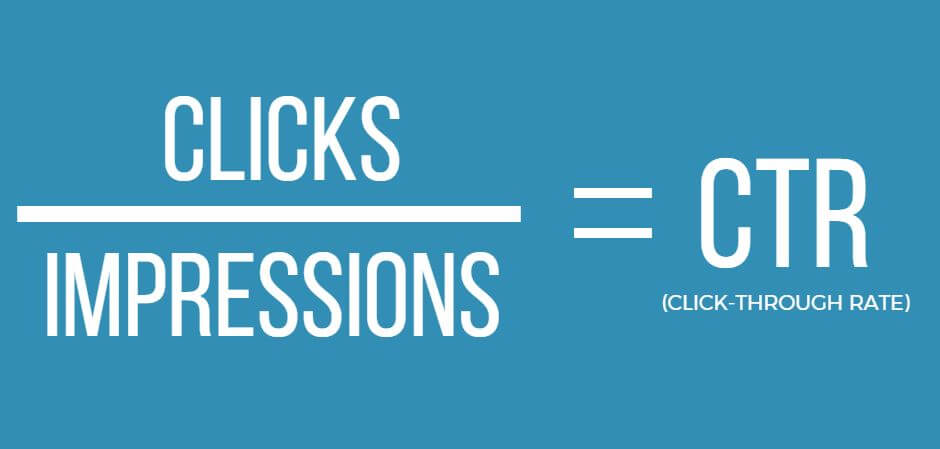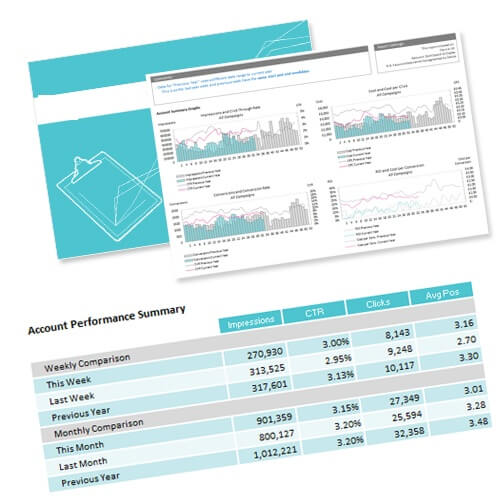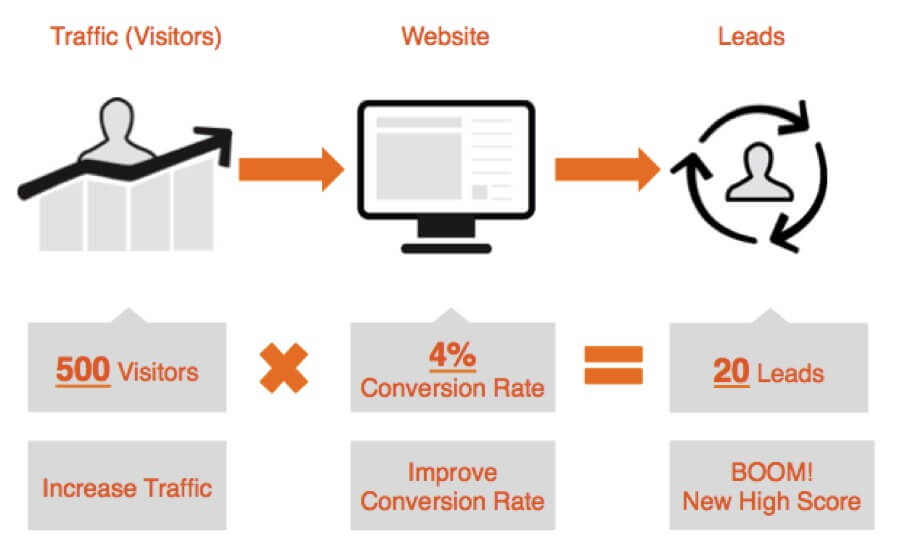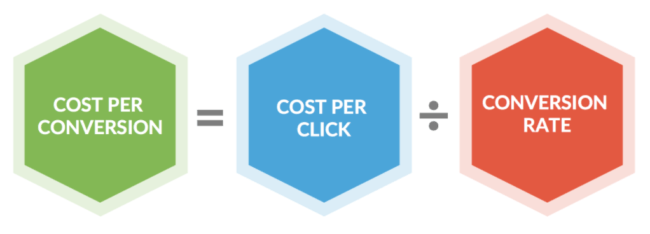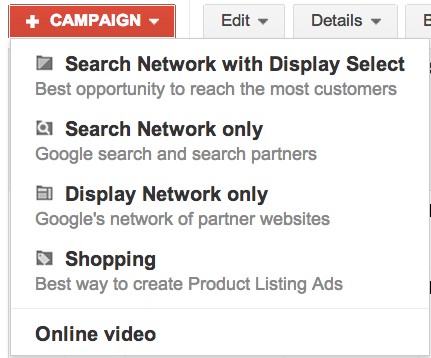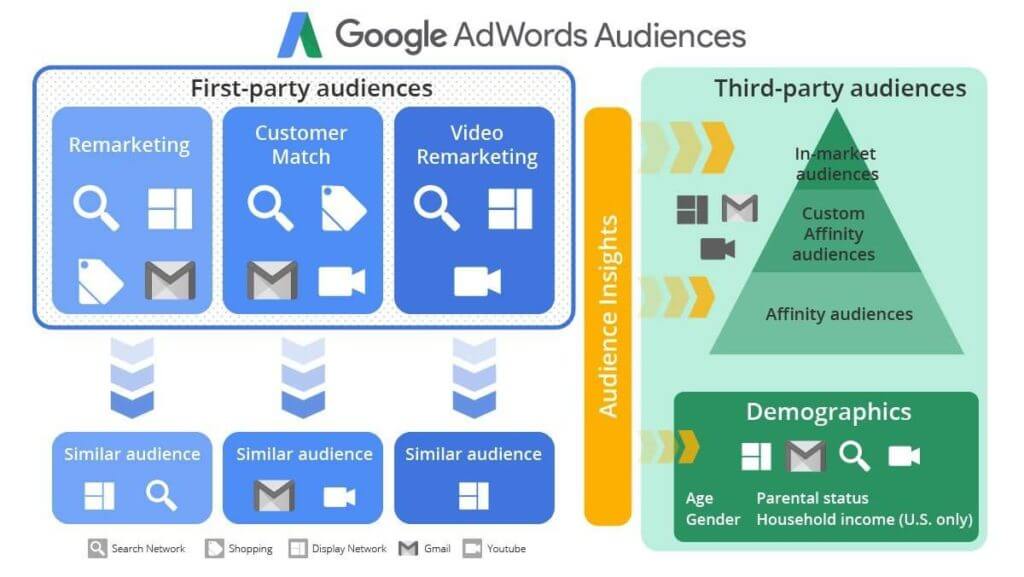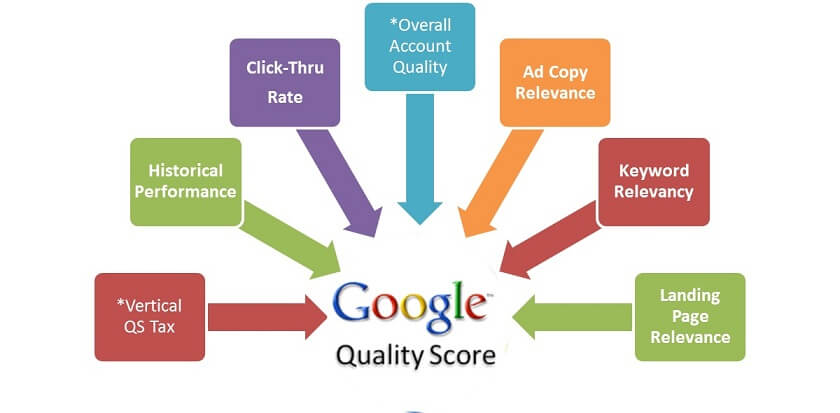Quick PPC Audit to Identify Google Ads Campaign Issues

When running a Google Ads campaign, you do not need to spend hours trying to figure out the effectiveness of your campaign. It needn’t be so tedious. If you know exactly what to look for during your White label PPC audit, tweaking a campaign only takes a few minutes. The real challenge is in knowing exactly what to look for.
#1 Consider your budget
While running your PPC audit, it is important to first take stock of your budget allocation. A smaller budget means smaller results. However, it is also important to consider that your budget is being used wisely, i.e. the Ads with the most results are getting the maximum allocation.
#2 It is all about the clicks
Simple math will tell you that the more number of clicks your ad gets, the more business you get. When conducting your Google Ads Campaign Audit, you need to consider the traffic that your ads are generating. Every click will not result in business, but if an ad is to be deemed effective it needs to generate the maximum required clicks to keep the conversion ratio healthy.
Also read: Responsive Ad Campaigns Will Rock Your Remarketing Strategy. Know How!
#3 Keep the click-through rate above 1%
A PPC campaign audit needs to focus on the click-through rate of the ad. This is basically the number of times the ad is clicked divided by the number of times it is viewed. If the figure you get is less than 1% you need to reevaluate your keywords, the number of them in your ad group, and the nature of your keywords.
#4 Check your terms report
While conducting your PPC audit, it is important to check your terms report. You may think that you have the appropriate keywords in your ads, but the reality could be quite something else. The terms report will let you know what terms trigger your keywords. If your keyword is a broadly used one, you could get a lot of irrelevant traffic. The trick here would be to introduce negative keywords.
#5 What are you tracking?
It is important to have a clear understanding of what you are tracking. Once you have this, check your settings to ensure that these metrics are being tracked correctly. Conduct at least one successful test once you have installed a tracking code on your site.
#6 Keep your conversion rates high
During your PPC campaign audit, look for area’s that are affecting your conversion rates. The goal of any campaign should be to get the highest conversion rates. The higher the conversion rate, the less you land up spending per click. Look for effective keywords in your terms report and introduce a variation to ensure that you maximize your conversions.
#7 Cost per conversion
Like the point made above, your ROI must be worth it. If the cost of your campaign is high, the amount of conversions will not really make a difference when it comes to lowering the rate. The idea is to find the right balance between investment and conversion. Therefore, the key is to have a relatively low investment cost and a high conversion.
#8 Review your network settings
Campaigns types depend on the types of networks settings. Current available options are Search Networks where ads run only in text format, display networks where ads run in display networks in formats like text, rich media, images etc. and a combination of both. Experts do not recommend choosing a combination of both as it doesn’t give you enough optimizing options.
Also read: Launch PPC Campaigns in a Different Languages. Know How!
#9 Segment your data
The amount of data that you will need to analyze during your audit is a huge amount. It can be overwhelming. Choosing to segment this data makes it possible to review the results properly and gives you a better picture and insight into the campaign.
#10 Create a high-quality score
A high-quality score is the only way to go. This is created by using keywords that match search items relevant to the theme of the ad. Also make sure that your landing page includes keywords and content from the ad group.



